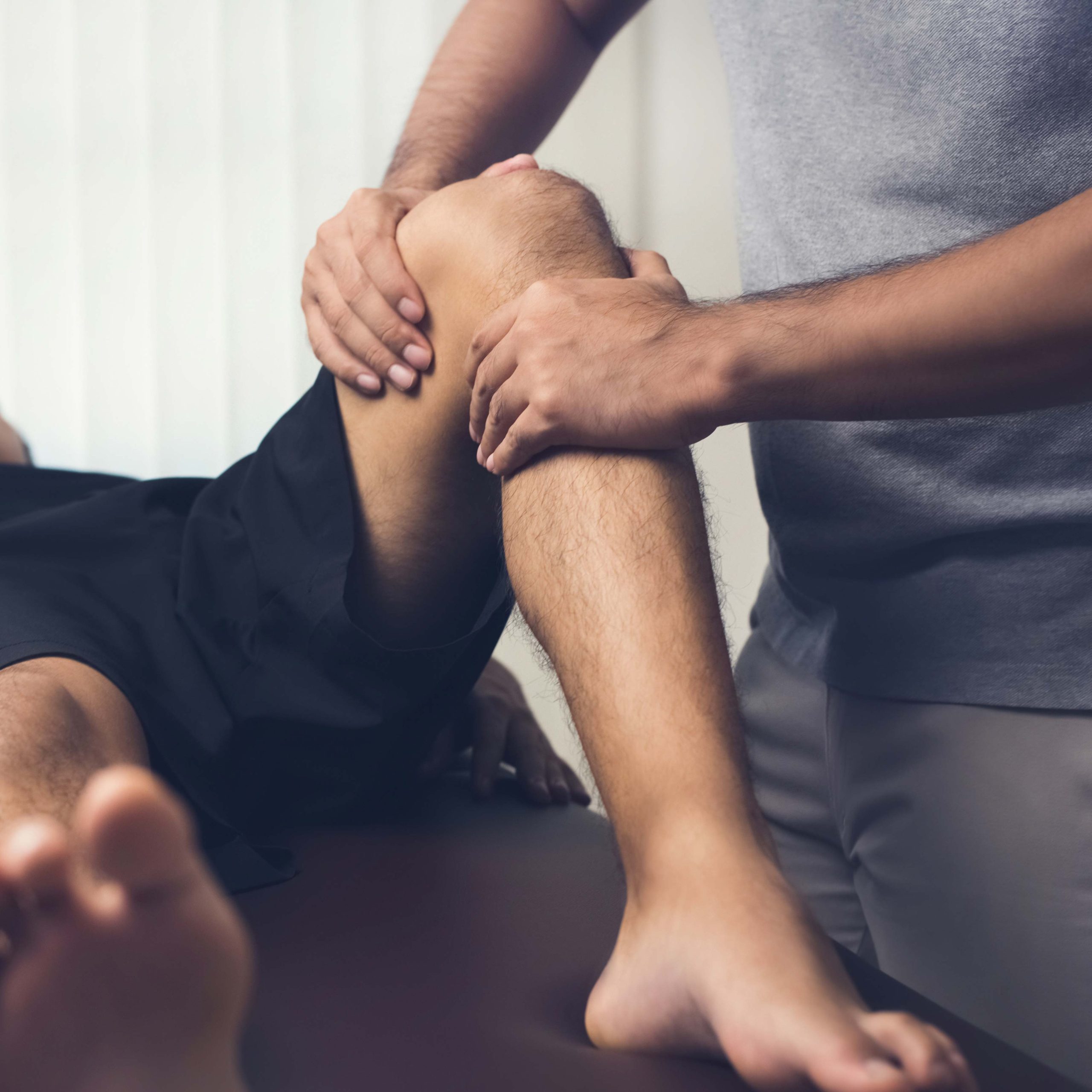Since becoming an osteopath, one of the most common questions I have heard is, “What is osteopathy?” It sounds like an easy question, but it is tricky to answer. Here are some points that help to explain this profession.
1: Osteopathy originated during the American Civil War.
A.T. Still believed that four fundamental principles should help treat the body.
- The human body is a unit
- The body can maintain and heal itself
- Structure and function are interrelated
- Rational treatment stands on understanding the above principles
While many professions’ techniques overlap, the principles do not, which sets osteopaths apart from other allied health professionals.
2: Osteopaths in some countries have the same qualifications as medical doctors (MD).
A.T. Still was an MD who wished for osteopathy to complement the medical profession. Osteopaths in the United States of America and other countries have a full scope of practice that enables them to become surgeons and prescribe medications while also using a hands-on approach. Osteopaths in Australia follow the United Kingdom’s scope of practice, allowing osteopaths to practice under allied health only.
Osteopaths are treated using many methods, including massage, dry needling, muscle energy techniques (or PNF), exercise rehabilitation, articulation and mobilisation, balanced ligamentous tension, stretches, and high-velocity low-amplitude thrusts (HVLA).
No one technique works on everyone due to everyone’s different histories, so osteopaths use a variety of tools to enable the body to heal itself.
3: Osteopaths can rehabilitate patients while they are injured.
While not all osteopaths treat this way, many do! It is crucial to address the area of dysfunction hands-on and then strengthen it to decrease future dysfunction.
4: Osteopaths can crack joints, but only if required as a last resort.
Not all osteopaths use thrusts to crack joints. Osteopaths will first try to increase a joint’s movement using gentle techniques but, if necessary, will use more force to achieve the desired result.
5: Osteopaths complete a high level of training.
Osteopaths must complete both a bachelor’s and master’s degree to become qualified.
On average, it takes five years to learn about the body and how to treat it. Once qualified, osteopaths must register with the national Australian Health Practitioners Regulatory Authority, which also (word missing) other allied health and medical practitioners.
Finally, osteopaths can treat holistically; if unsure, they are happy to refer a patient to another practitioner who may help if you would like to know more about osteopathy or feel it may help you, why not contact Dr Nigel Jackson (Osteopath) for more information.


